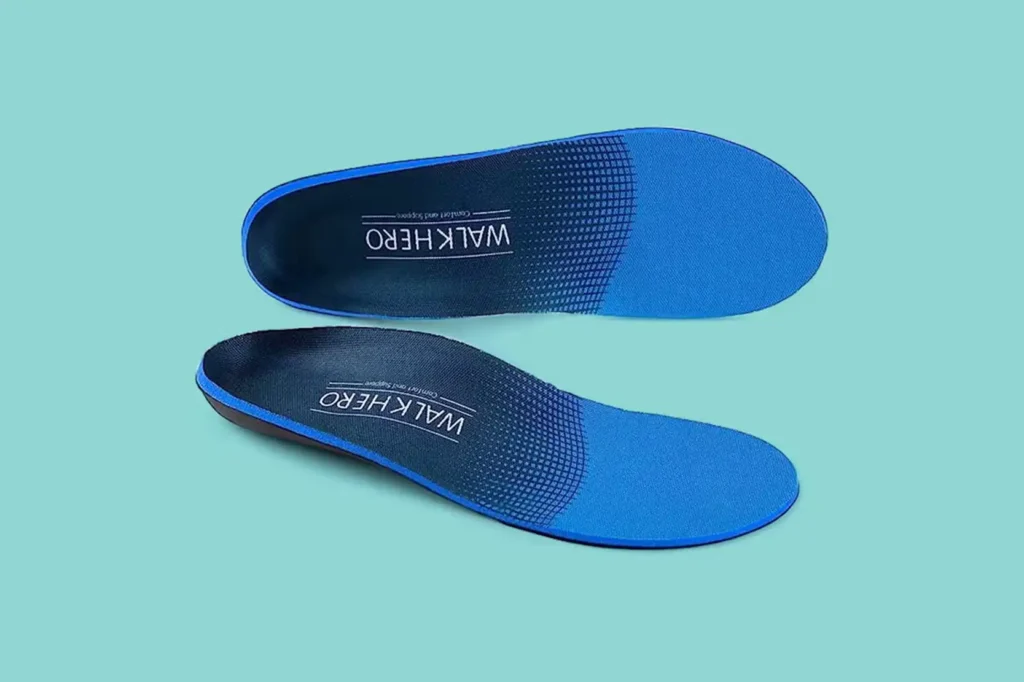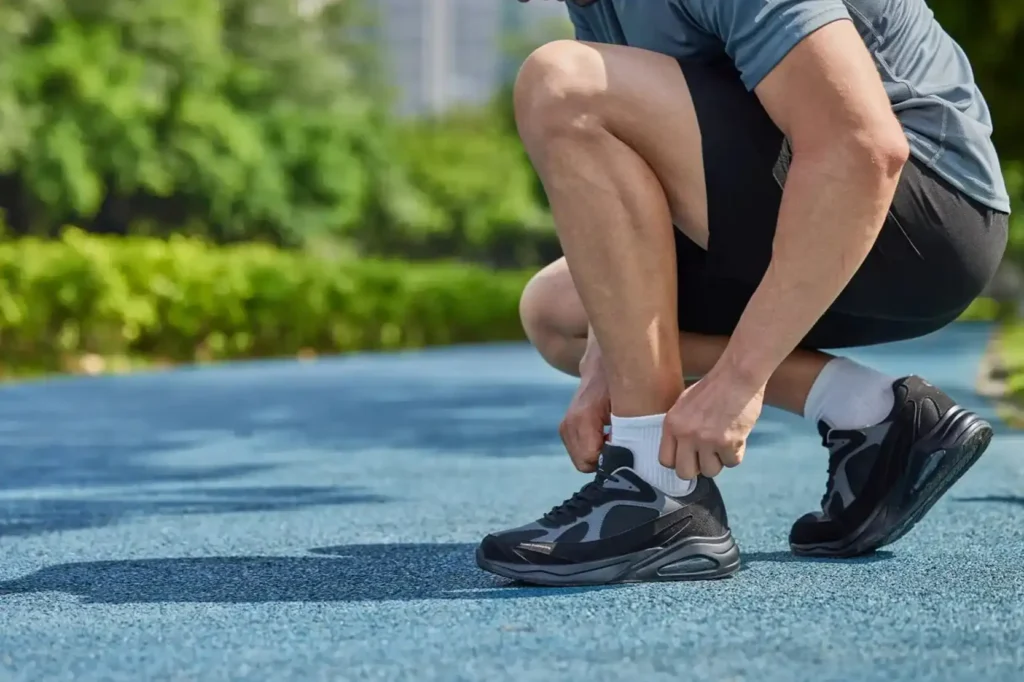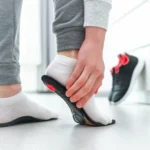Whether you need rigid orthotics for alignment or soft cushioning for pressure relief, this article breaks down what works best and when to use them. Get expert-backed advice and real-world tips to help you find the perfect fit. Boost comfort, performance, and health starting with your feet.
Introduction to Men Opt rtho Shoe Insoles:
If you’re a man dealing with foot pain, back problems, or alignment issues, opting for the right ortho shoe insoles might be the game-changer you need. Whether it’s due to standing all day, walking on hard surfaces, or managing conditions like plantar fasciitis or flat feet, the right insole can relieve pressure, correct posture, and even reduce knee and hip pain. And that’s not just theory I’ve been there myself, trying everything from over-the-counter gel inserts to custom orthotics until I finally found what works.
This guide is all about helping you understand why men opt ortho shoe insoles and how you can choose the best ones based on your specific needs. I’ll walk you through how they work, what to look for, the different types available, and why investing in a high-quality orthopedic insole is one of the smartest moves you can make for your feet (and your entire body). Let’s get into it.
On average, 6–12 months depending on use. Replace them when cushioning or support wears down.
Why Do Men Choose Ortho Shoe Insoles:
For most men, the decision to switch to orthopedic insoles isn’t just about comfort it’s about pain relief and prevention. Many men suffer from conditions like flat feet, overpronation, plantar fasciitis, or heel spurs. These issues don’t just cause discomfort they can lead to serious long-term problems if left unaddressed. That’s why orthopedic insoles are often recommended by podiatrists and physiotherapists as a non-invasive, cost-effective solution.
Men who are on their feet all day whether at work, in the gym, or on the trail also opt for ortho insoles for added arch support and shock absorption. By distributing body weight evenly and improving foot alignment, orthopedic insoles can reduce fatigue, prevent injury, and improve posture. Once you experience the relief, it’s hard to go back to regular insoles.

Key Benefits of Ortho Shoe Insoles for Men:
The primary benefit of ortho insoles is customized foot support, especially where standard insoles fall short. They’re designed to correct biomechanical issues by stabilizing the foot during movement. Here are some core advantages men experience. Plus, they make old shoes feel new again by improving shock absorption and cushioning, your footwear becomes instantly more comfortable and supportive.
- Pain Relief: They cushion the heel and arch, reducing pressure points and minimizing strain on ligaments.
- Improved Posture & Balance: Ortho insoles align your feet, which aligns your knees, hips, and spine.
- Prevention of Foot Conditions: They help prevent and manage plantar fasciitis, Achilles tendinitis, metatarsalgia, and more.
Best Features to Look For in Men’s Ortho Insoles:
When choosing orthopedic insoles, it’s important to consider your foot type, lifestyle, and existing foot issues. Here are key features you should prioritize. Also, look for insoles that are trim-to-fit, odor-resistant, and made from breathable materials. A good insole should be supportive without being overly stiff.
- Arch Support: High, medium, or low match the insole to your arch type to avoid overcorrection or insufficient support.https://www.grandviewresearch.com/industry-analysis/shoe-insoles-market-report
- Cushioning & Shock Absorption: EVA foam, gel, or memory foam can provide excellent cushioning depending on your needs.
- Heel Cup Depth: Deep heel cups help stabilize the heel and reduce lateral foot movement especially helpful for flat feet or pronation issues.
Popular Types of Ortho Insoles for Men:
Orthopedic insoles come in different forms and choosing the right type depends on your daily routine and foot condition. Here are the most common. Each type serves a purpose. Knowing your foot shape and what your day looks like will guide you to the best choice.
- Rigid Orthotics: Ideal for motion control and alignment correction. These are usually made from hard plastic or carbon fiber and work well for low-arch or flat-footed users.
- Semi-Rigid Orthotics: These strike a balance between structure and comfort. They’re great for athletes or people who need support but still want some flexibility.
- Soft Orthotics: Perfect for cushioning and pressure relief especially beneficial for diabetics or those with sensitive feet.
Top 5 Best Insoles for Shoes in India (2025 Picks):
1. Dr. Scholl’s Comfort Plus Gel Insoles
[https://amzn.to/43fDxEV]
- Best for: Everyday wear, office shoes, mild foot fatigue
- Features: Dual gel technology, all-day cushioning, trim-to-fit design
This is one of the most trusted international brands now widely available in India. Its Comfort Plus range gives excellent heel support and shock absorption.
2. Superfeet Green Insoles
[https://amzn.to/4misbsm]
- Best for: Flat feet, plantar fasciitis, long walking hours
- Features: High arch support, deep heel cup, stabilizer cap
Known for their orthotic-grade support, Superfeet insoles are premium but worth every rupee if you suffer from chronic foot pain.
3. Doctor Sole Orthotic Insoles
[https://amzn.to/4jYplHu]
- Best for: Budget orthotic support
- Features: EVA construction, arch support, anti-skid base
An Indian brand that’s growing in popularity, Doctor Sole offers a cost-effective solution for those with foot pain and poor posture.
4. Sof Sole Athlete Performance Insoles
[https://amzn.to/4mds2qh]
- Best for: Runners, gym-goers, sports shoes
- Features: Gel pads, neutral arch support, moisture-wicking
These are athletic insoles made for performance, reducing fatigue during high-impact activities and offering long-term foot support.
5. Profoot Plantar Fasciitis Orthotic Insoles
[https://amzn.to/4jnj07v]
- Best for: Heel pain and plantar fasciitis
- Features: Heel cup design, targeted heel relief zone
Ideal for anyone dealing with intense heel pain or stiffness, especially during morning walks or prolonged standing.
When Should You Start Using Orthopedic Insoles:
If you’re experiencing consistent foot, heel, knee, or back pain, don’t wait. That’s a strong sign your foot mechanics are off, and your current shoes aren’t giving you the support you need. Men often ignore the signs but early intervention with a quality ortho insole can save you from chronic issues later on.
Also, if you’re an athlete, work in a standing job, or overpronate (your feet roll inward), insoles can significantly reduce wear and tear on your joints. Even if you don’t have pain now, orthotic insoles are a smart preventive step.
Custom vs Over-the-Counter: Which One Is Right for You:
A common question I get is whether custom orthotics are worth it. The truth? It depends For most men, starting with a quality OTC orthotic insole is a great first step.
Custom orthotics are made from a mold of your foot and tailored to your biomechanics. They’re ideal for complex foot issues or those with chronic conditions. However, they can be expensive.
Over-the-counter ortho insoles, on the other hand, have come a long way. Brands like Superfeet, PowerStep, and Dr. Scholl’s now offer insoles with high levels of support and comfort for a fraction of the price.
FAQ
Most frequent questions and answers
Orthopedic insoles won’t “cure” flat feet but provide arch support that reduces pain and improves alignment.
On average, 6–12 months depending on use. Replace them when cushioning or support wears down.
Yes, they provide cushioning and support that reduce fatigue, ideal for people who walk or stand for long hours.
Conclusion:
Whether you’re on your feet all day, dealing with plantar fasciitis, or simply want better posture and alignment, the right orthopedic insole can make a significant difference. In conclusion, men opt ortho shoe insoles to improve foot support, relieve chronic pain, and enhance overall comfort in their daily routines. Investing in a quality pair tailored to your foot type is a smart, preventive step toward long-term health. Don’t wait for pain to start take control of your foot health today.





